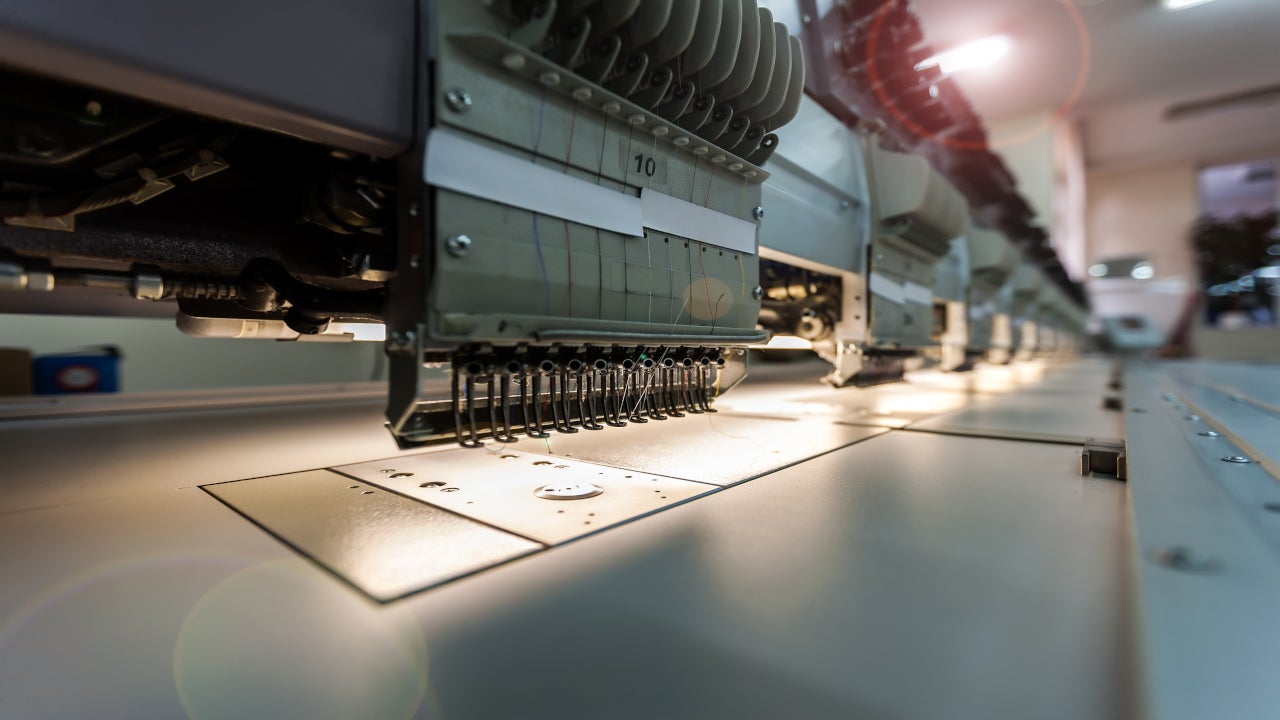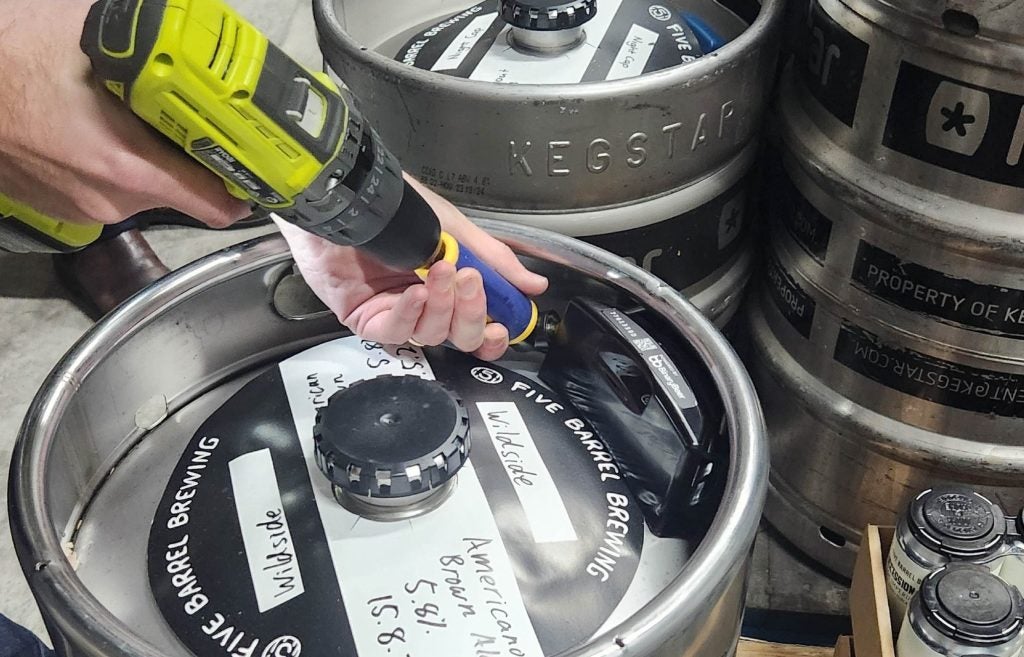
Progress on the development of smart clothing has been erratic. One of the first iterations was developed in 1985: British inventor Harry Wainwright created a sweatshirt that used fibre optics, leads, and a microprocessor to display colour animations. It was not until 1994 and the invention of Bluetooth that smart clothing’s potential began to be realised.
Timeline:
Listed below are the major milestones in the journey of the smart clothing theme, as identified by GlobalData.
1985 – Harry Wainwright created a sweatshirt that displayed full-colour cartoon animations.
1994 – Jaap Haartsen of Ericsson developed the Bluetooth wireless technology standard.
1995 – Harry Wainwright invented the first machine to integrate fibre optics into fabrics.
1997 – A computerised machine that implanted fibre optics into any flexible material, including textiles, was developed.
How well do you really know your competitors?
Access the most comprehensive Company Profiles on the market, powered by GlobalData. Save hours of research. Gain competitive edge.

Thank you!
Your download email will arrive shortly
Not ready to buy yet? Download a free sample
We are confident about the unique quality of our Company Profiles. However, we want you to make the most beneficial decision for your business, so we offer a free sample that you can download by submitting the below form
By GlobalData1999 – The first consumer Bluetooth device was launched.
2005 – Harry Wainwright and his colleague David Bychkov created a jacket that offered electrocardiogram (ECG) readings.
2006 – BAE Systems started evaluating infrared displays embedded into fabrics for use in military garments.
2015 – Google announced Project Jacquard, part of its Advanced Technology and Projects (ATAP) division.
2016 – Arrow launched a smart shirt with a near-field communication (NFC) chip to pair it with Android smartphones.
2017 – Google and Levi’s launched the Commuter Trucker jacket, featuring conductive fibre and Bluetooth connectivity.
2017 – Owlet launched smart socks for parents to monitor the sleeping patterns of new-born babies.
2018 – NIKE applied for two smart clothing patents: a self-cleaning shoe and a sensor-integrated yoga suit.
2018 – Tommy Hilfiger launched the Tommy Jeans Xplore-branded smart clothing product line.
2018 – Samsung demonstrated its SmartSuit, designed specifically for short track speed skaters.
2019 – Chico’s FAS launched a Bluetooth-connected smart bra.
2019 – Samsung applied for a patent for a smart shirt that can track symptoms of diseases like pneumonia and bronchitis.
2019 – Nike introduced the Adapt-branded self-lacing shoes, which fit themselves to the shape of the user’s foot.
2020 – Under Armour launched smart shoes that include sensors to provide real-time analysis of running metrics.
2020 – adidas partnered with Google to use the Jacquard technology in GMR insoles for football players.
2020 – Xenoma launched smart pajamas that monitor the user’s heart rate and sleep patterns and detect falls or trips.
2023 – Smart clothing will become a $1bn market, according to GlobalData estimates.
2025 – Applications of smart clothing in sports, healthcare, and military industries will gain traction.
2028 – Mergers and Acquisition (M&A) activity will increase as competition in the market heats up.
2030 – The global smart clothing market will worth more than $4bn, according to GlobalData estimates.
This is an edited extract from the Smart Clothing (Wearable Tech) – Thematic Research report produced by GlobalData Thematic Research.






Related Company Profiles
Google LLC
NIKE Inc
adidas AG
Under Armour Inc
Owlet Inc